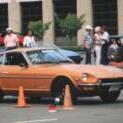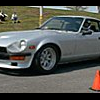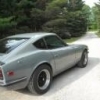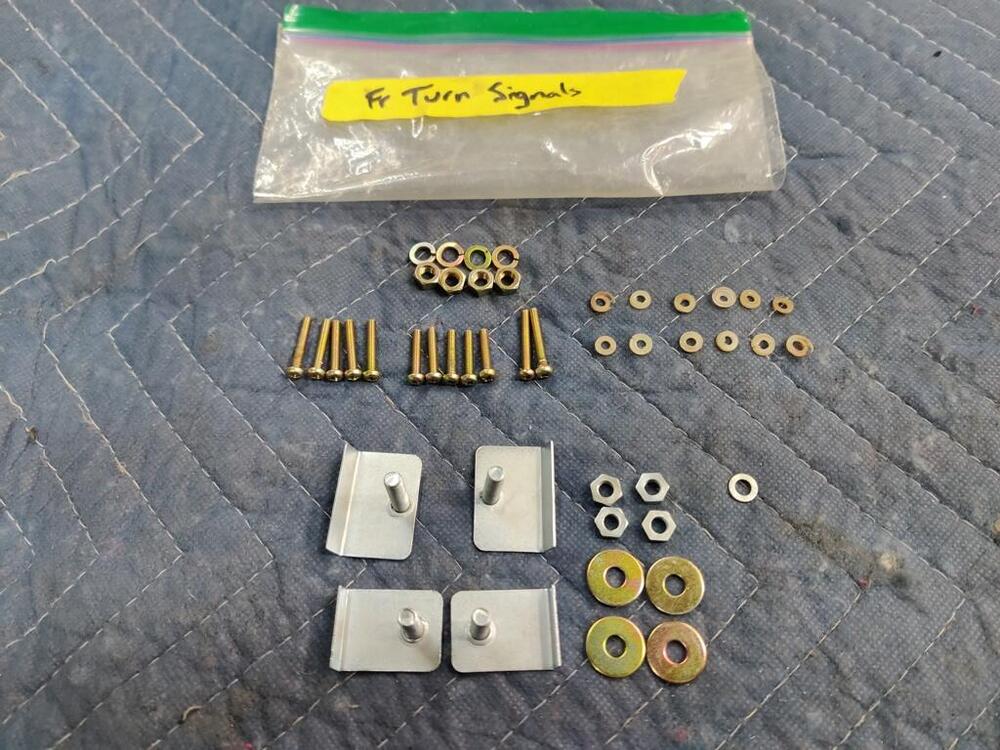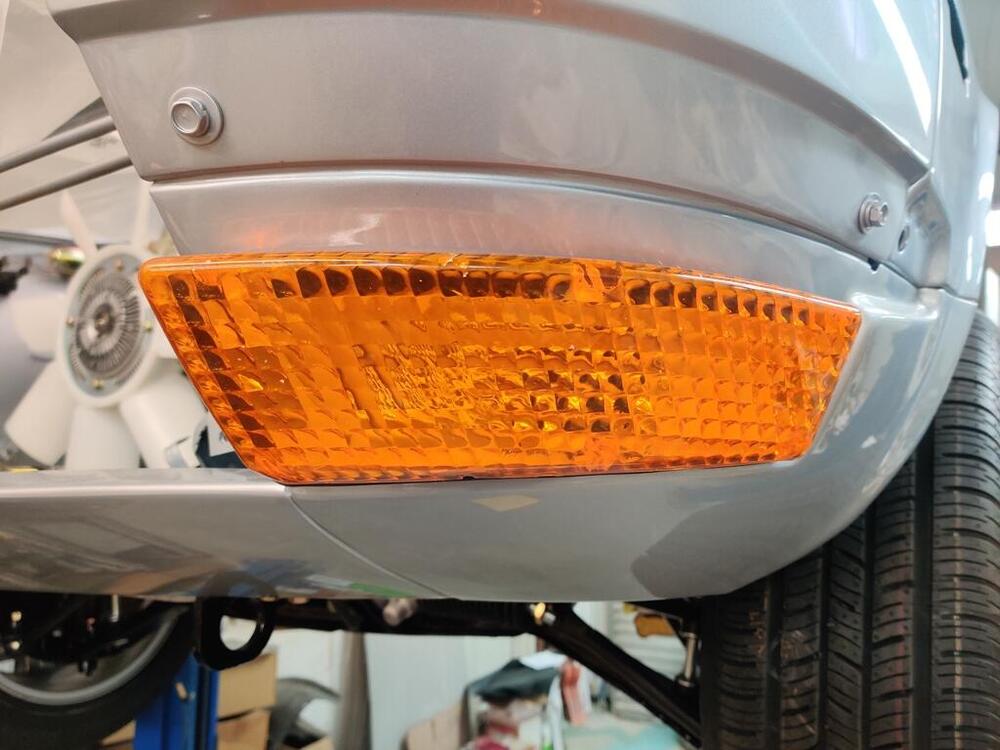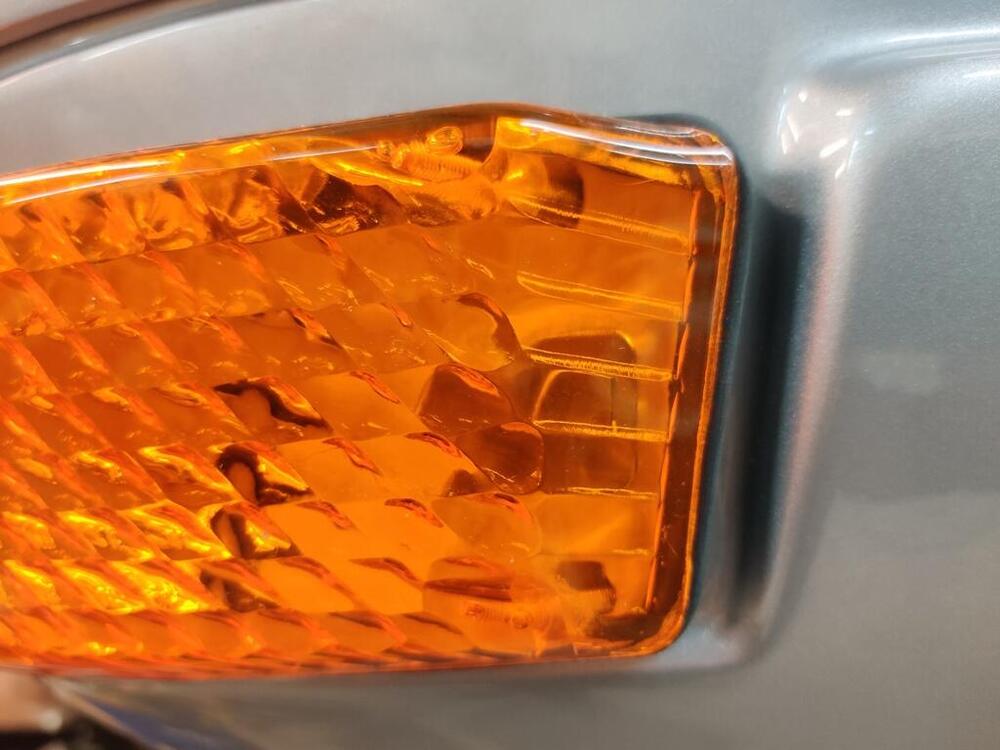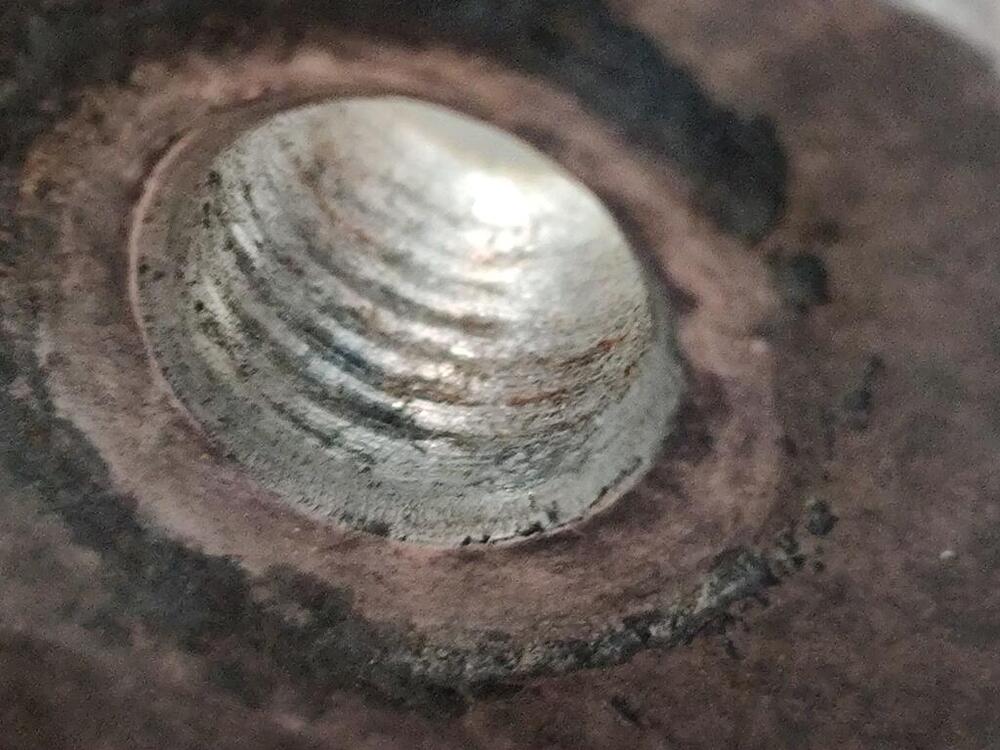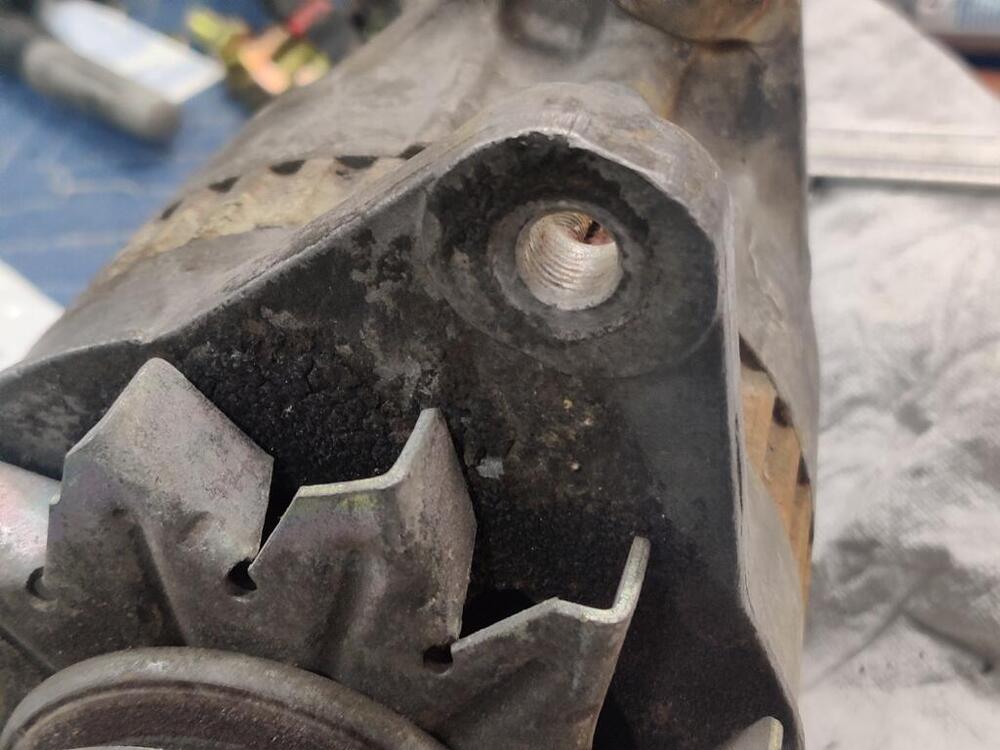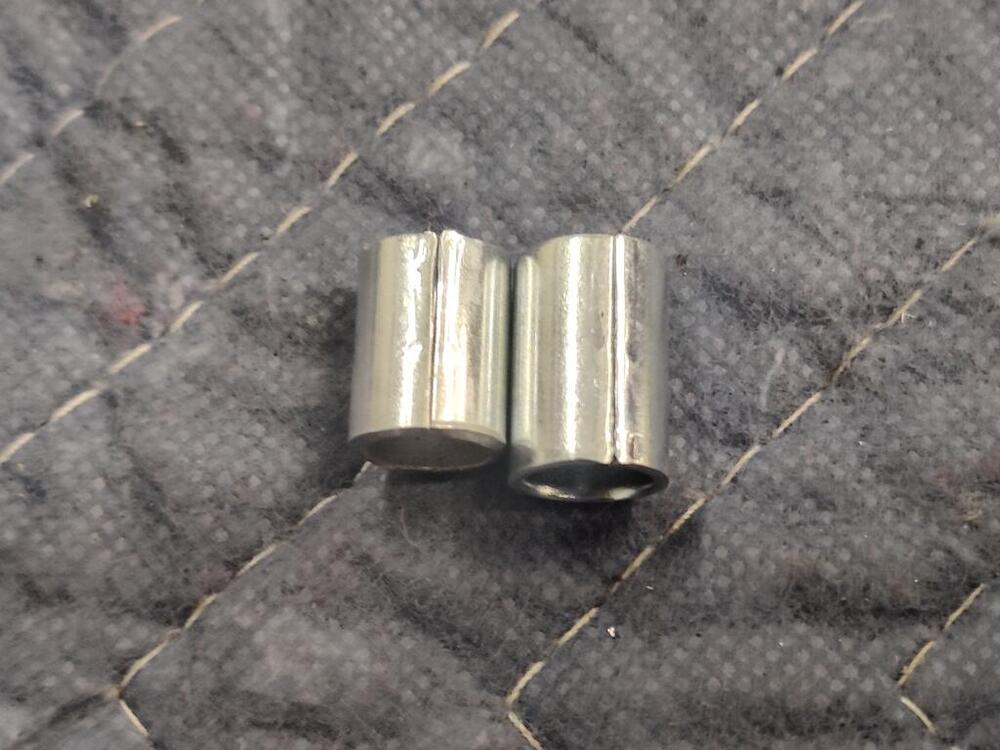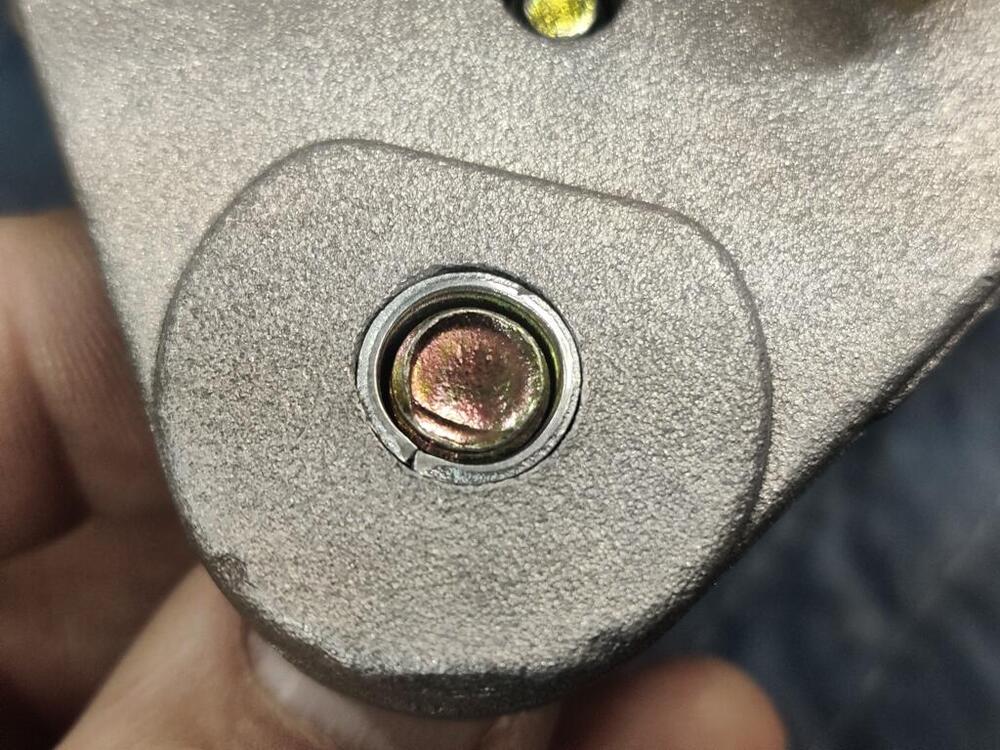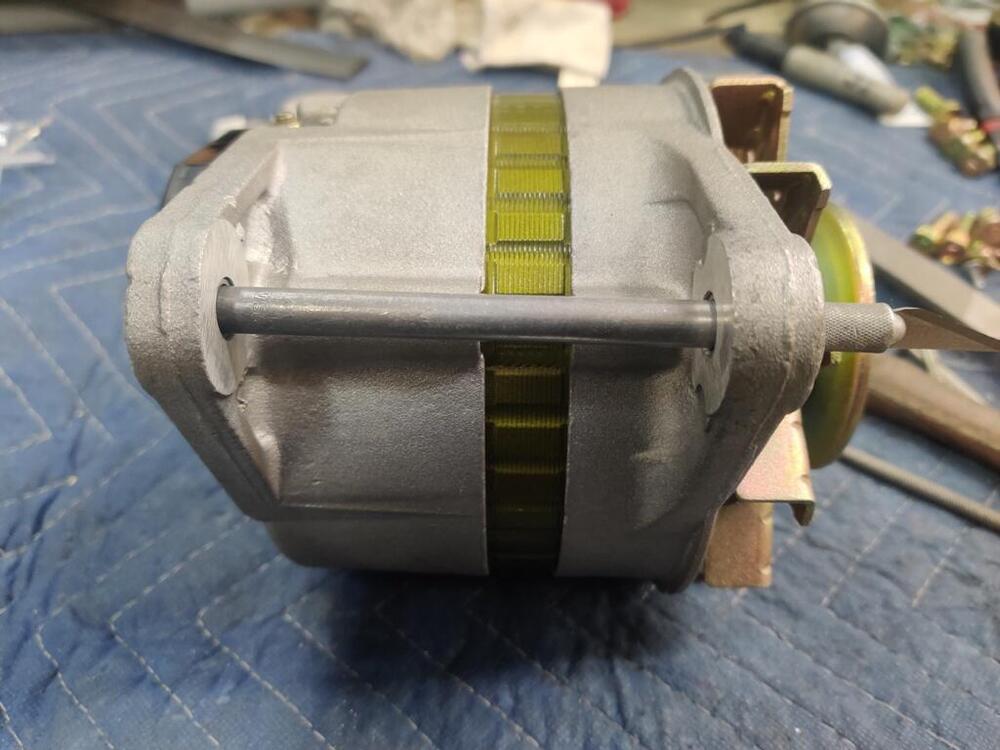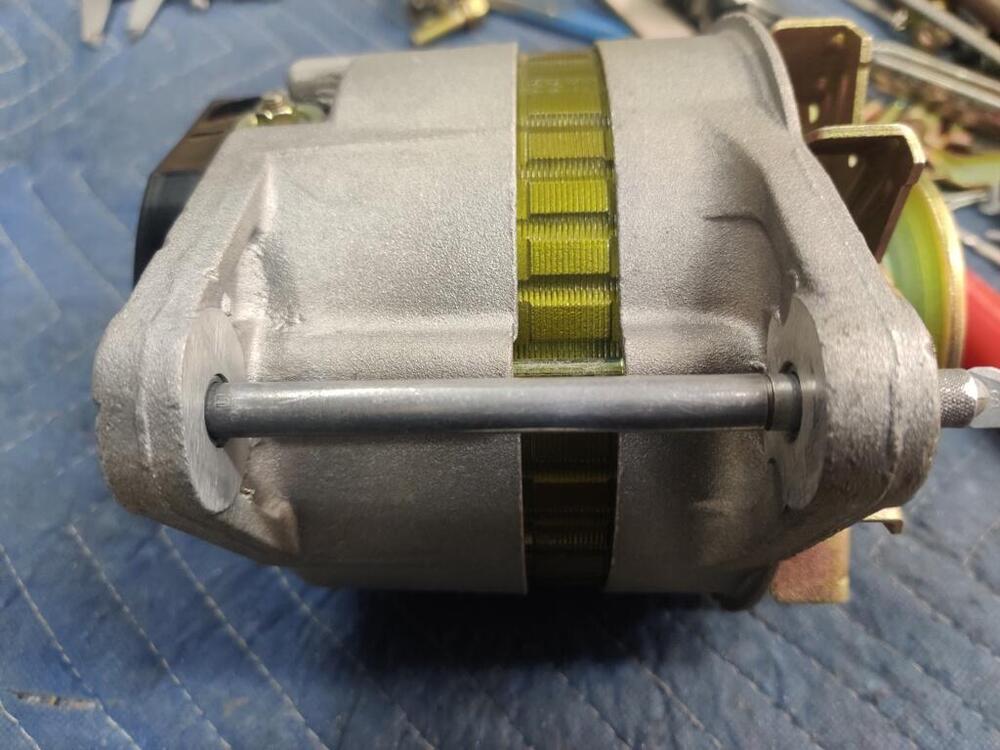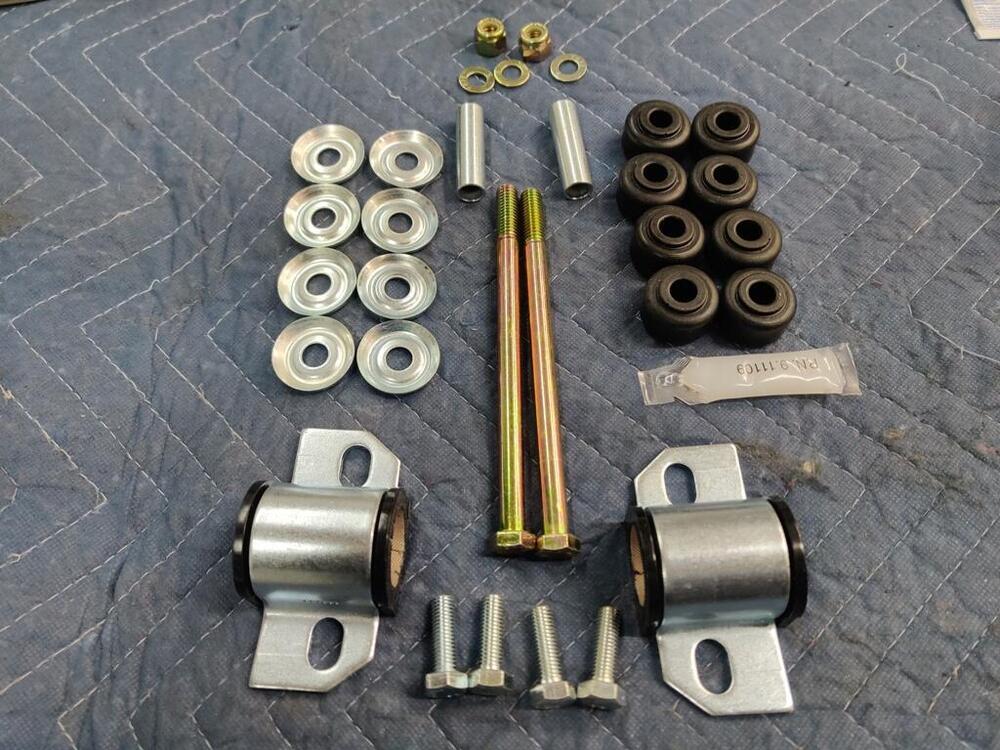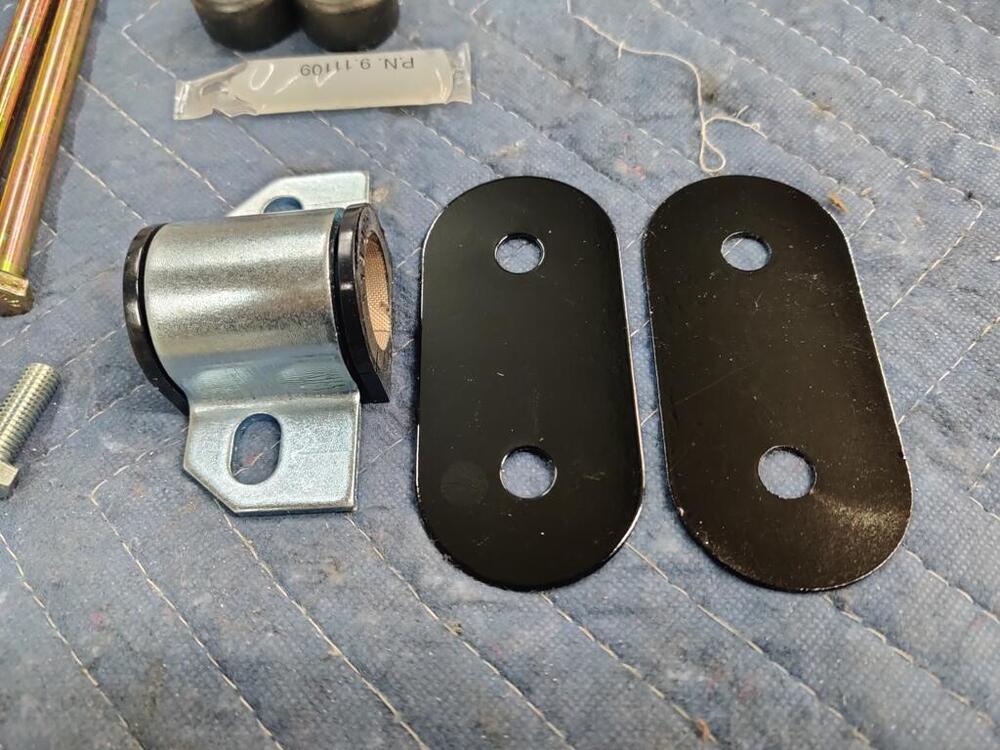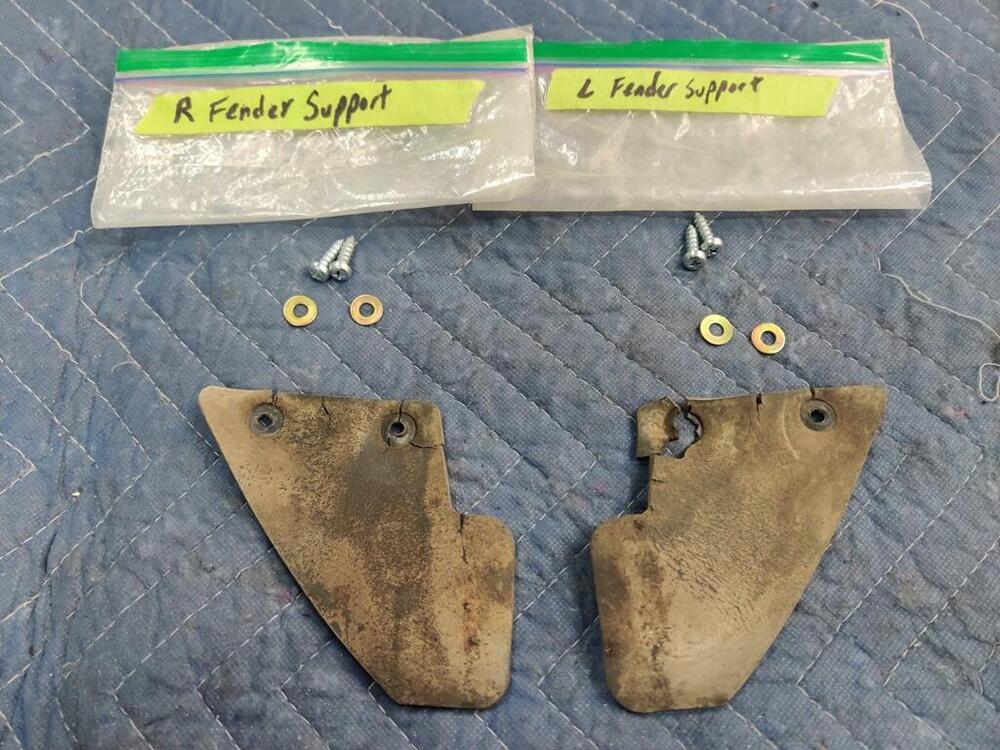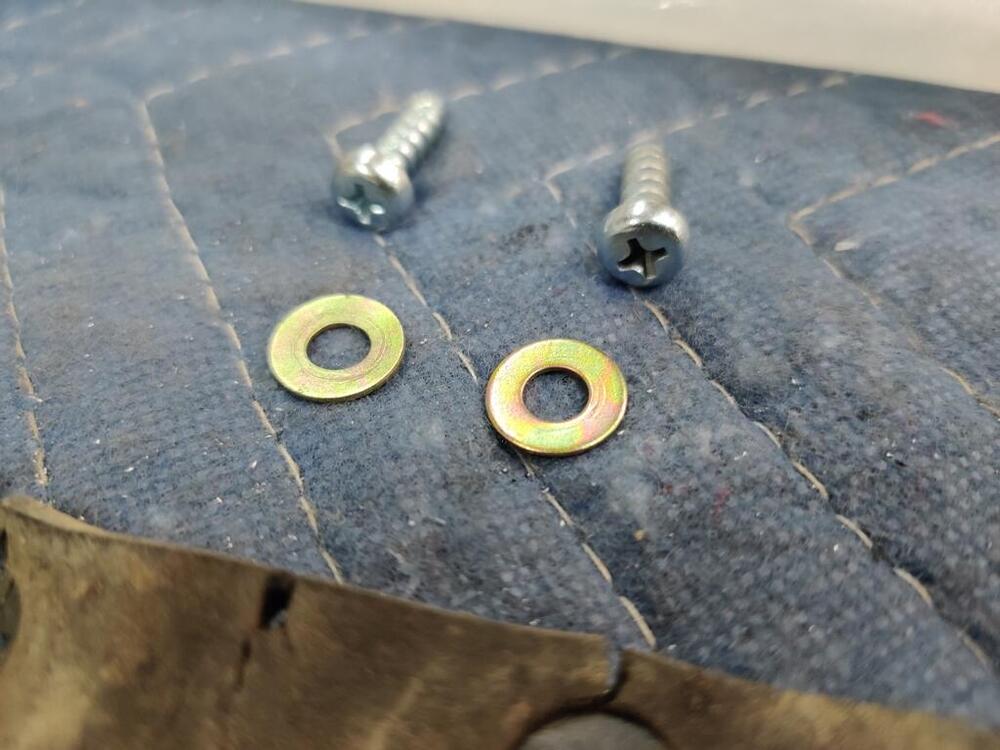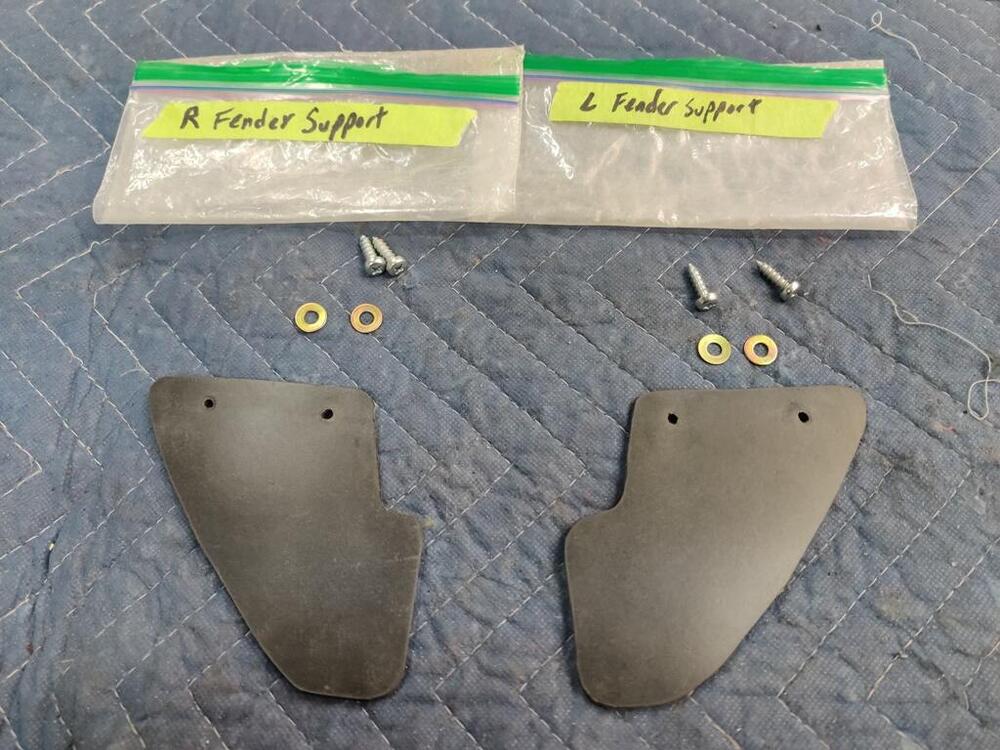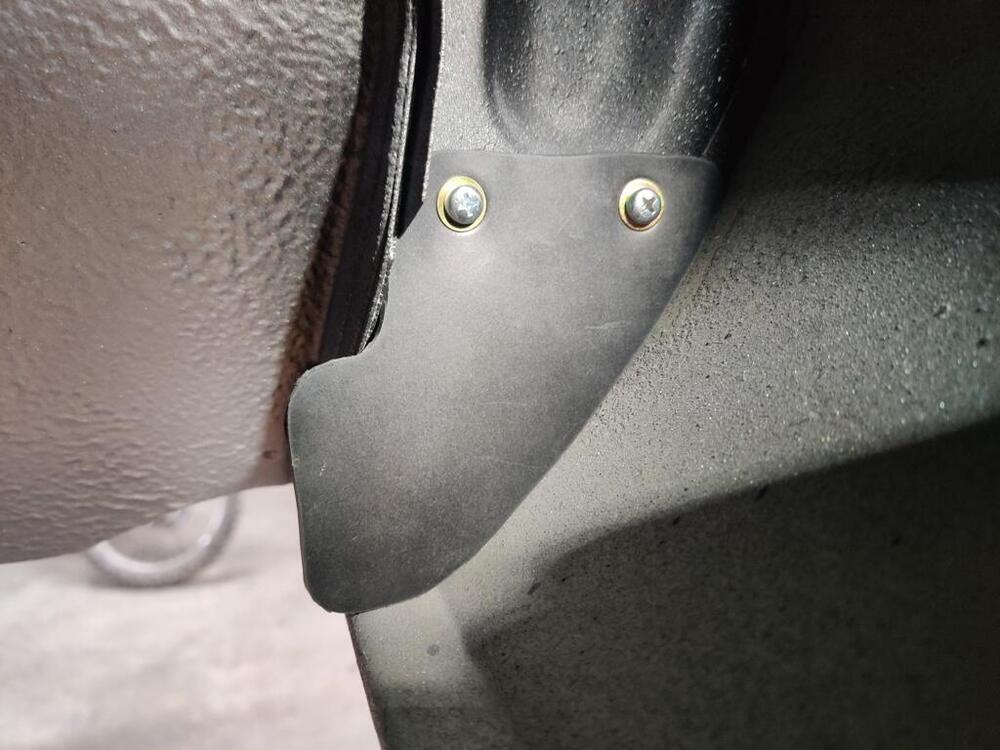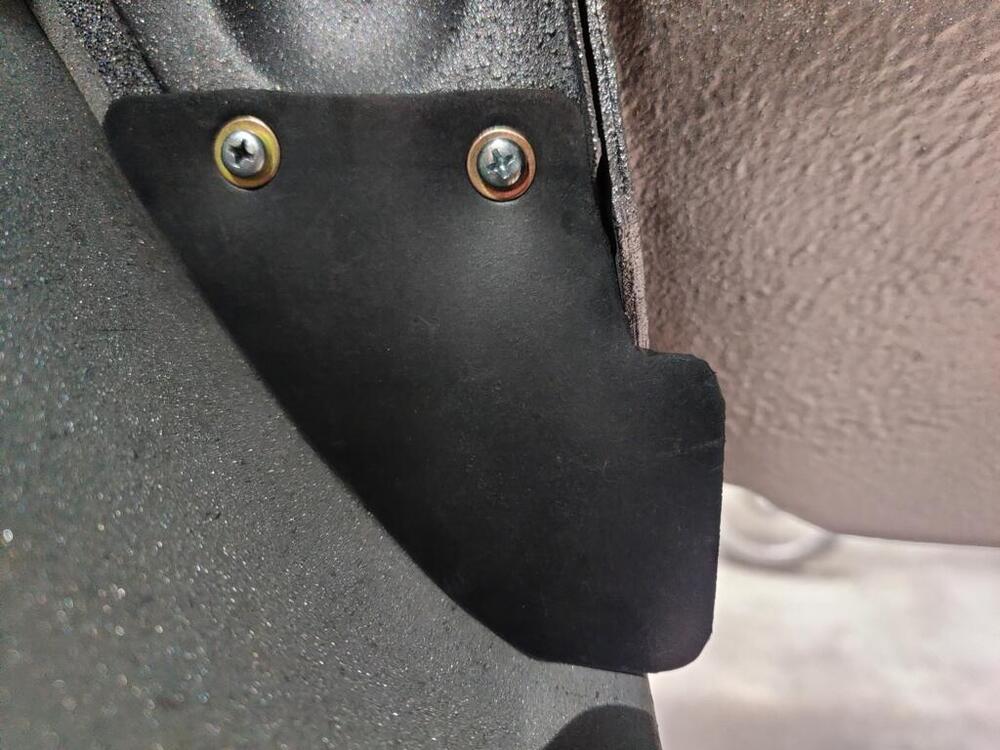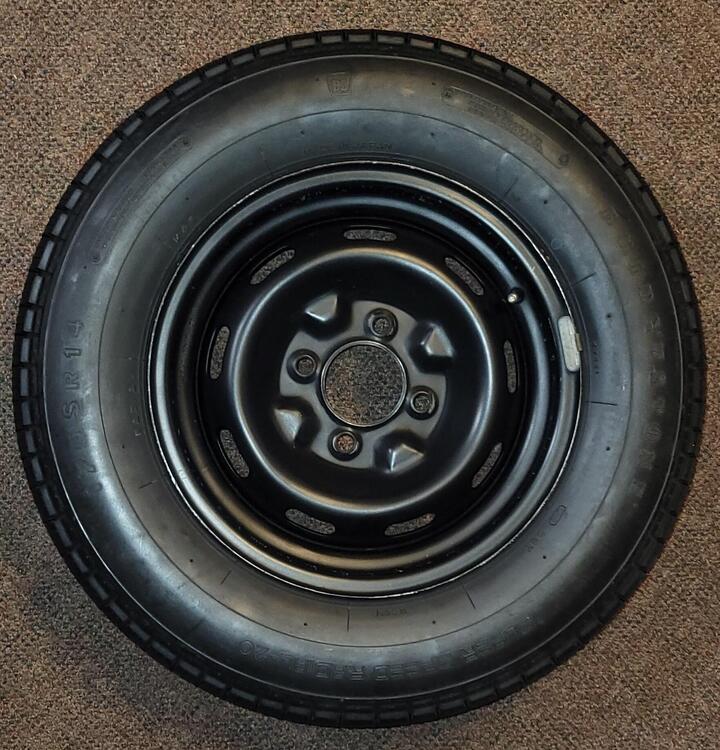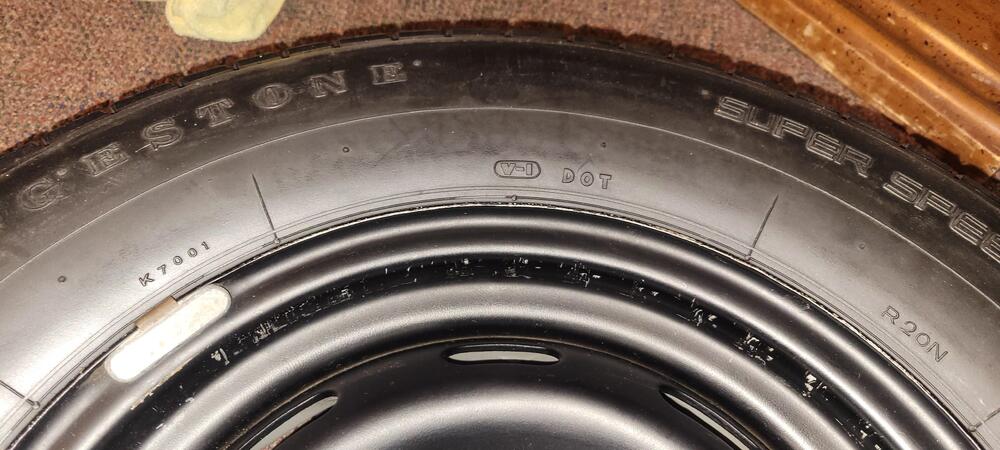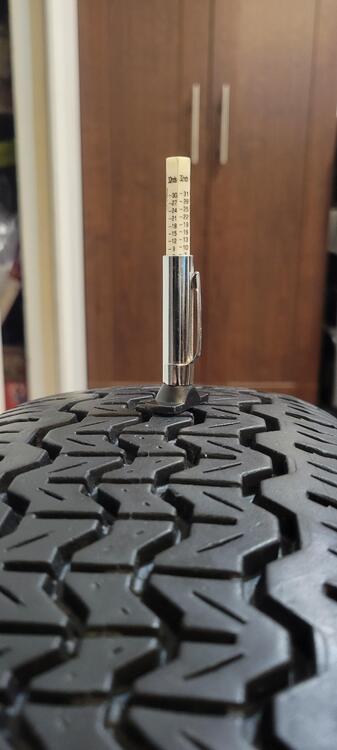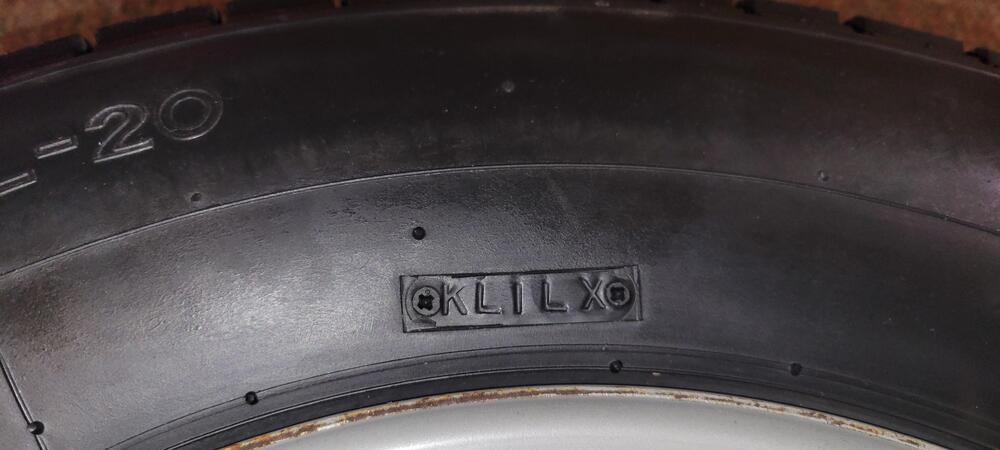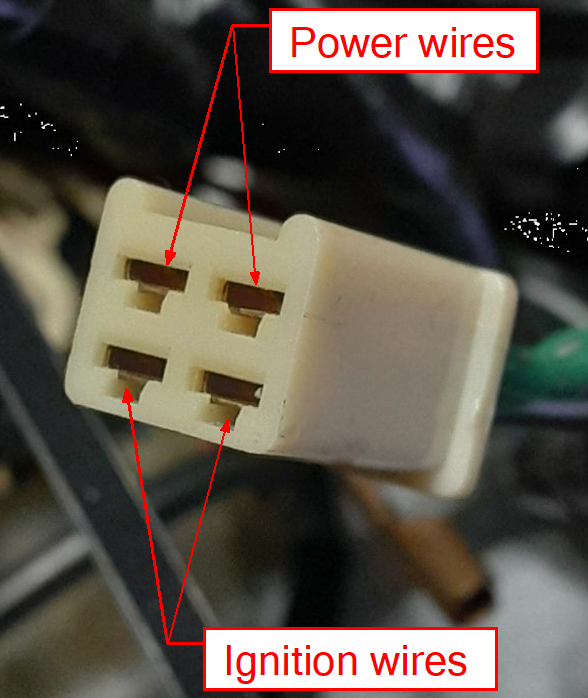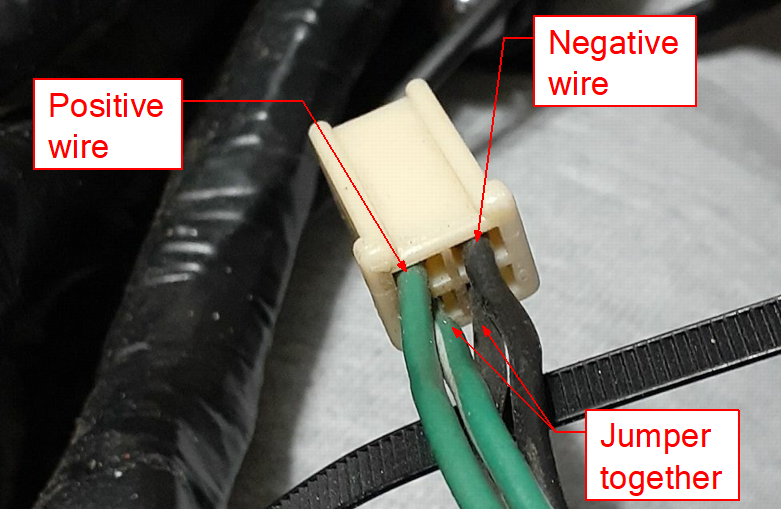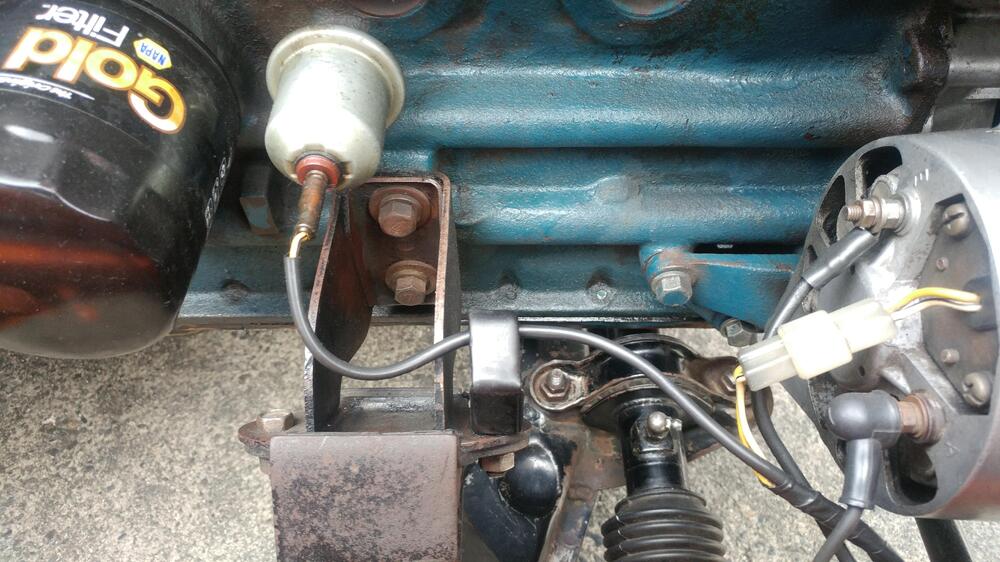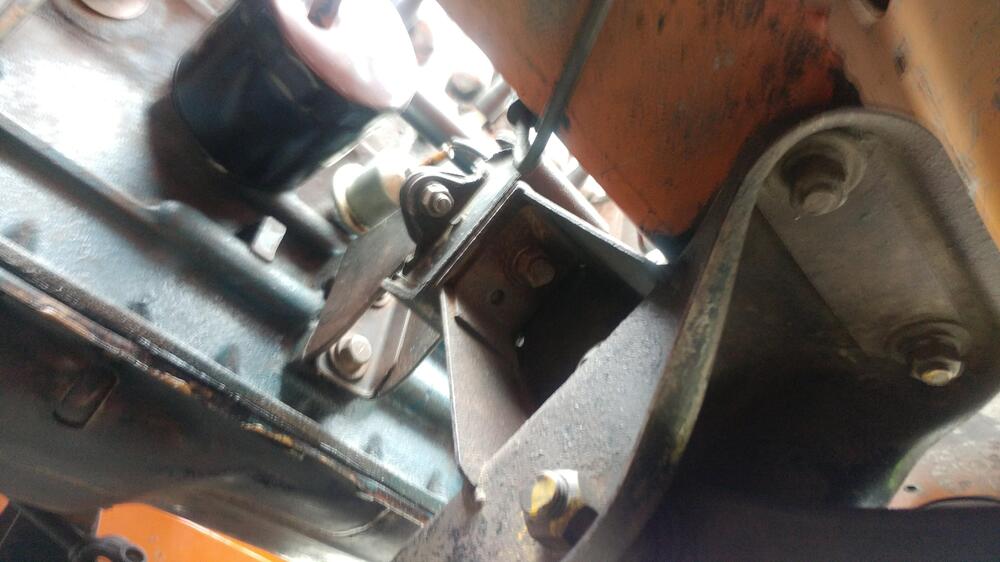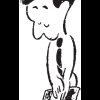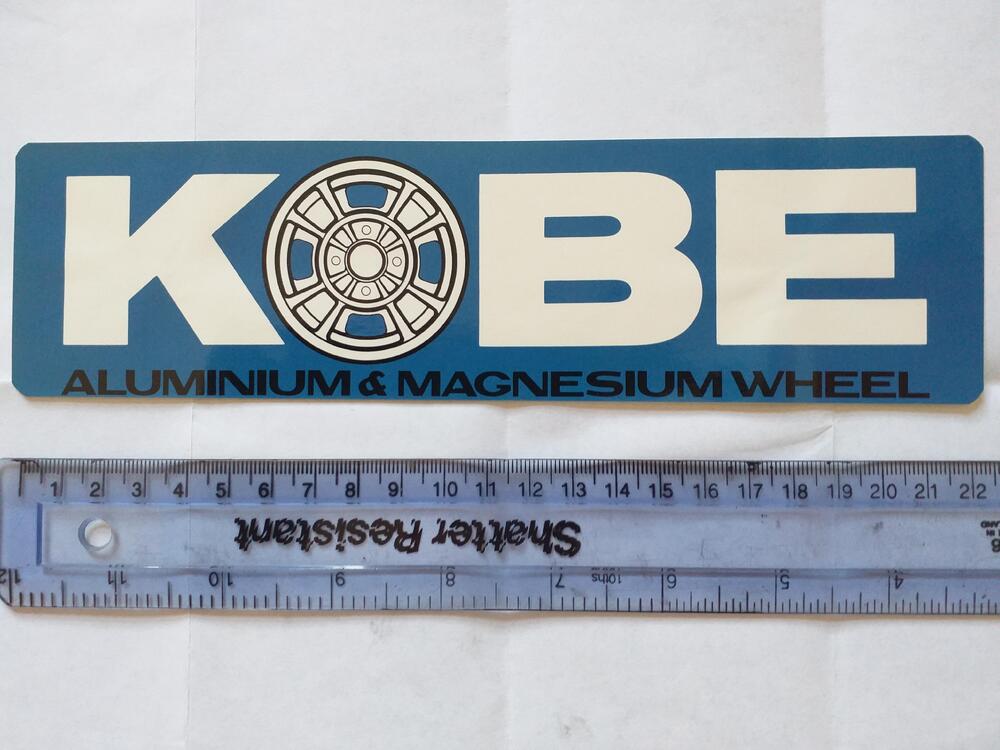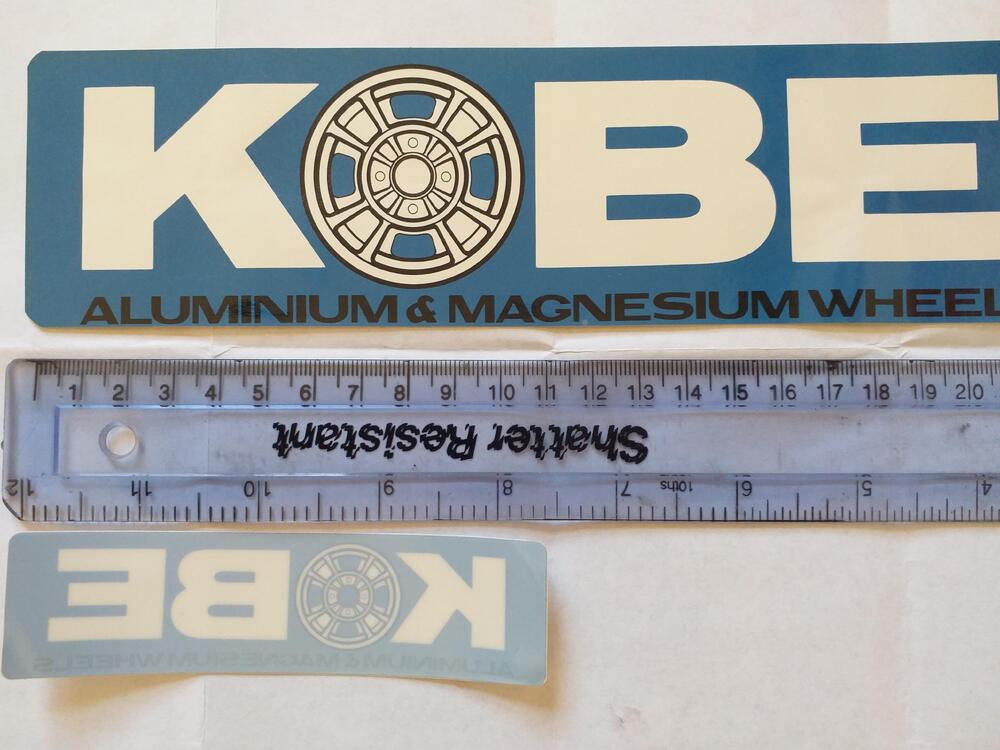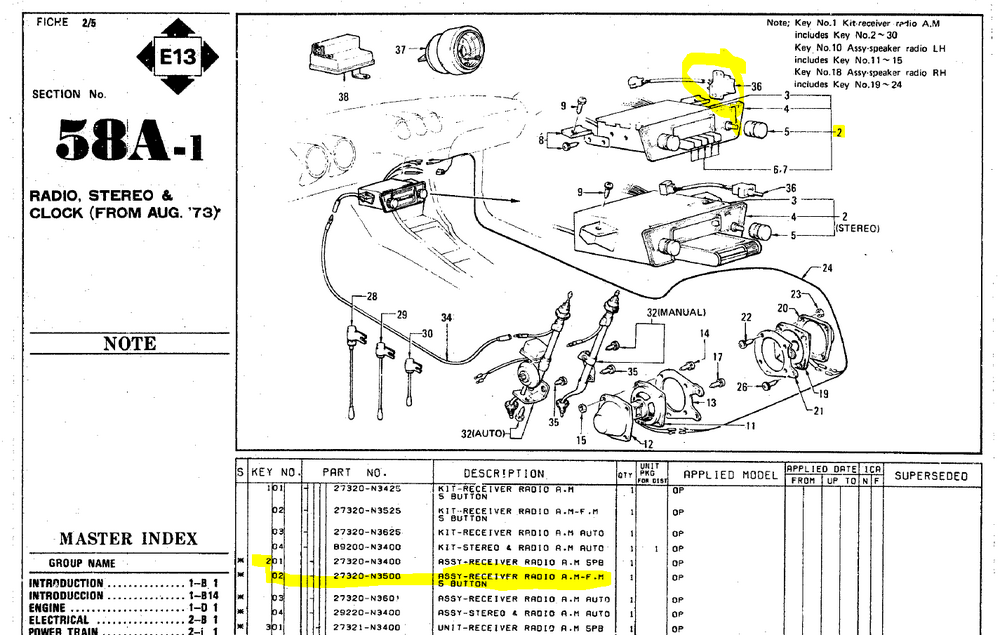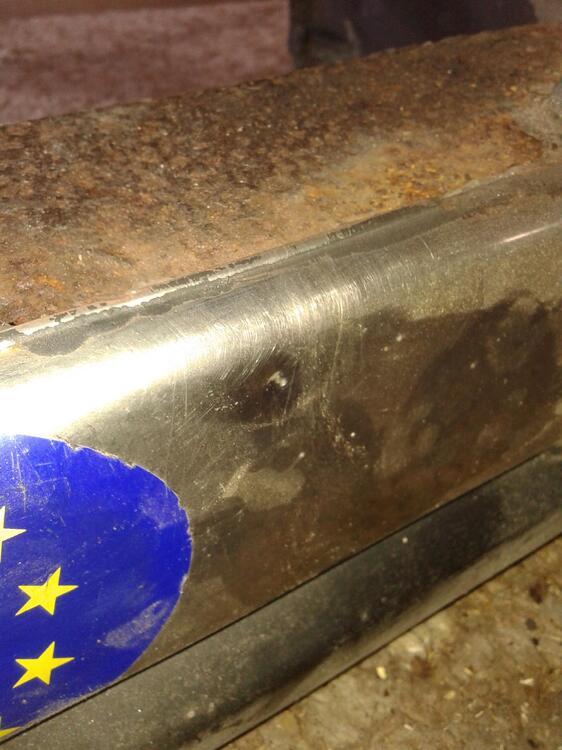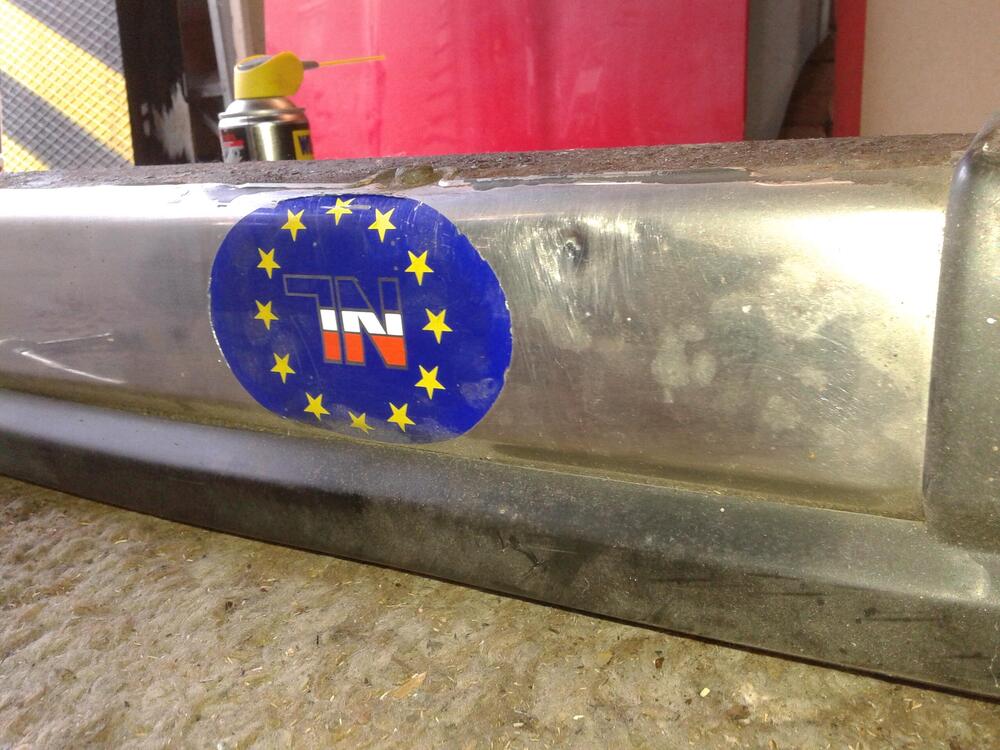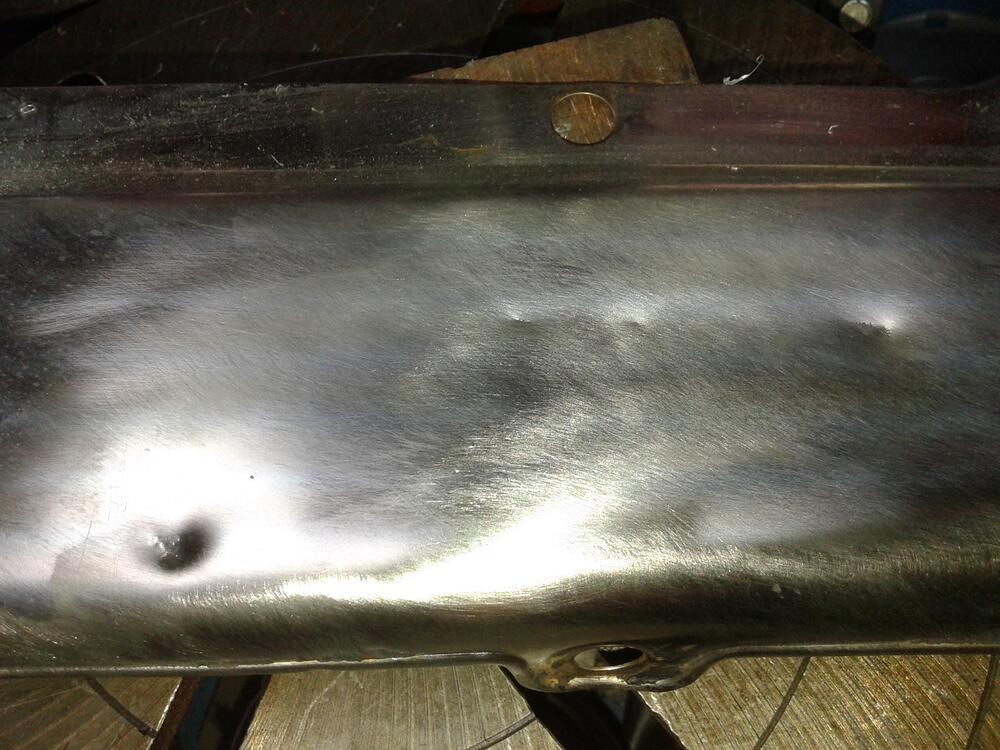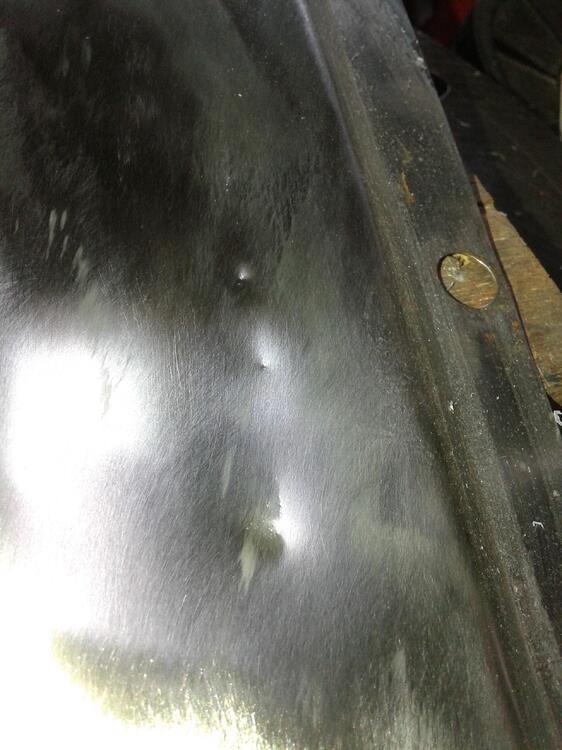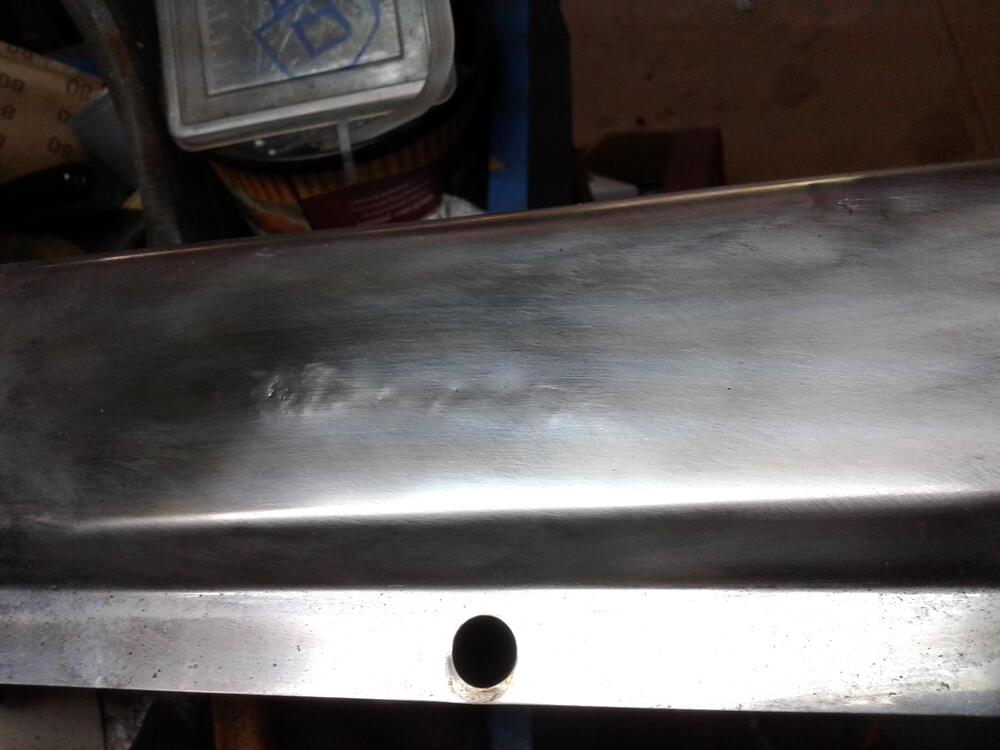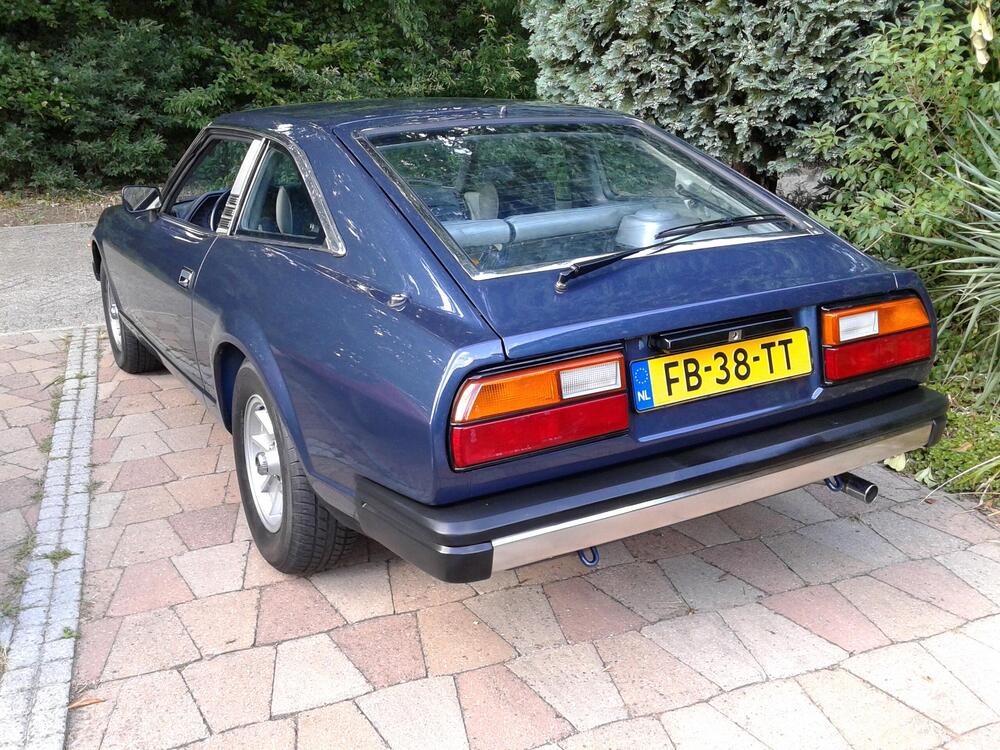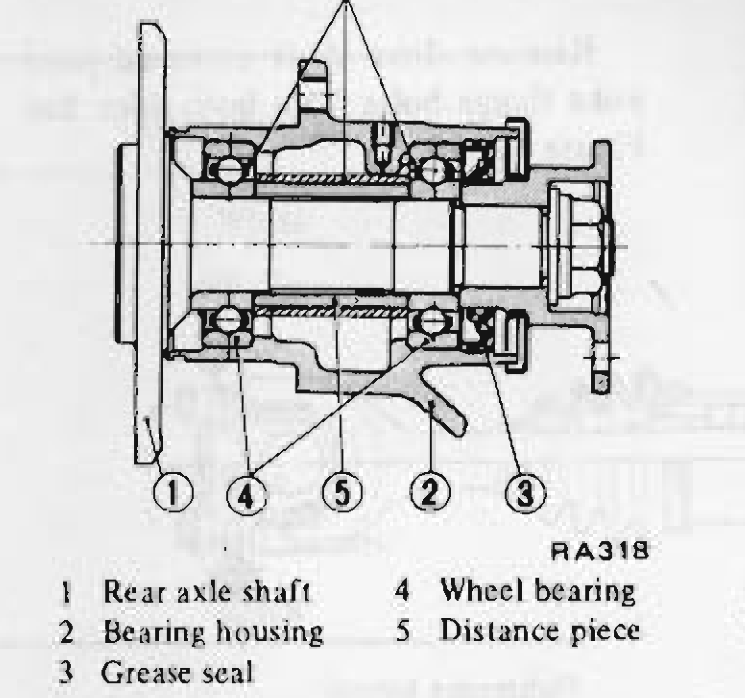Whilst on my far too frequent trawl through various searches on Yahoo Japan auctions, I found this Kobe Seiko wheel sticker. I loved it, but the price was high, and I left it a few weeks, and finally convinced myself (well the wallet) to buy it.
Its fairly well documented on here who Kobe Seiko were and the wheels that they produced for the S30, as well as wheels for various other cars. I liked it as the wheel featuring on the sticker is a Maglloy version, Kobe released in, I think, 1978, and I am lucky enough to own.
The original sticker is quite large (22cm) and due to its expense, I didn't want to use, or where to put it. So, I had the original scanned, scaled down (33%), added the blue colour to the hub centre, and added a "s" to wheels instead of "magnesium and aluminium wheel". This meant the text needed recentered. It reads better being plural, as I presume plurals in the Japanese language isn't something done? Whilst I was there, I had a half size and original size made (as a flie ready to make) as well. Also, the original looks like its been cut out of a sheet of stickers, as the gap at the bottom, below the text, tapers a little, this I also had adjusted.
Then had one of the sticker making companies make a small batch of the 33% scaled down, into window stickers, so they stick on the inside of the window. Now the sticker is about 114mm long, a much better size to put on the car. Not done that yet, but peeling a bit of the backing away, the company making these has done a great job.
If anyone wants one (for little $), drop me a line, but the reason I did this was to have a Kobe sticker I could use, and printing by the company is a minimum order quantity wise. Also, share this great original sticker for what it is.

 Subscriber
Subscriber 5Points1,282Posts
5Points1,282Posts



